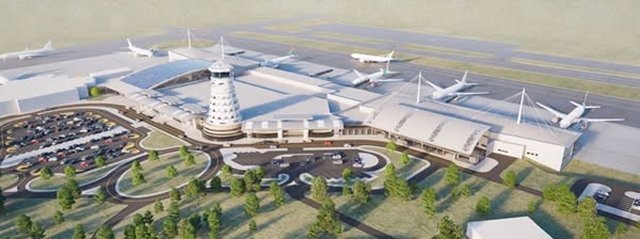|
Harare Airport
Harare Airport, better known as Robert Gabriel Mugabe International Airport, in Zimbabwe facts, map and passenger information then make a virtual video landing. Originally known as Salisbury Airport during the colonial era, Robert Gabriel Mugabe International Airport served as a key British Commonwealth airbase during World War II, a period that saw its runways and facilities develop to accommodate military aviation. Following Zimbabwe's independence in 1980, the airport was renamed Harare International Airport, shedding its colonial designation and embracing a new national identity. For nearly four decades, it operated under this name, becoming synonymous with Zimbabwe's post-independence era and its attempts to integrate into a rapidly changing world. | |
|
A pivotal moment in its recent history occurred in 2017 when it was officially renamed Robert Gabriel Mugabe International Airport, in honour of the nation's first president. The renaming cost the government of Zimbabwe a 'mere' $500,000 with then Minister of Transport, Joram Gumbo, citing the change of name as recognition for the "work the president has done in the aviation industry". The president was ousted from power just months later.
Robert Gabriel Mugabe International Airport, which acts as both a civil airport and home to the Air Force of Zimbabwe, is served by a diverse range of operating airlines, facilitating vital connections across continents. Air Zimbabwe, the national carrier, maintains its primary hub here, offering crucial domestic services connecting Harare to popular destinations including Victoria Falls and Bulawayo, as well as select regional routes. Beyond the national airline, a growing list of international carriers recognises RGMIA's strategic importance. Prominent African airlines such as Ethiopian Airlines, Kenya Airways, and South African Airways (or its regional partners like Airlink) provide robust connectivity to major African hubs like Addis Ababa, Nairobi, and Johannesburg, respectively. These connections are indispensable for intra-African trade, tourism, and diplomatic ties. Furthermore, the airport has seen an increase in intercontinental services, with carriers such as Qatar Airways and Emirates offering direct or connecting flights to destinations in the Middle East, Europe, and Asia, thereby significantly expanding Zimbabwe's global reach. Smaller regional operators, including fastjet, also play a crucial role in enhancing connectivity within Southern Africa, making RGMIA a truly dynamic and accessible travel hub.
Before the global disruptions caused by the COVID-19 pandemic, RGMIA consistently handled hundreds of thousands, often exceeding a million, passengers annually, firmly establishing itself as the busiest airport in the country. These numbers encompass a wide spectrum of travellers: tourists eager to explore Zimbabwe’s natural wonders such as Victoria Falls and Mana Pools, business delegates fostering trade and investment, and a substantial diaspora connecting with family and friends. While the pandemic inevitably led to a temporary downturn in traffic, the airport has shown remarkable resilience, steadily recovering its passenger numbers. |








